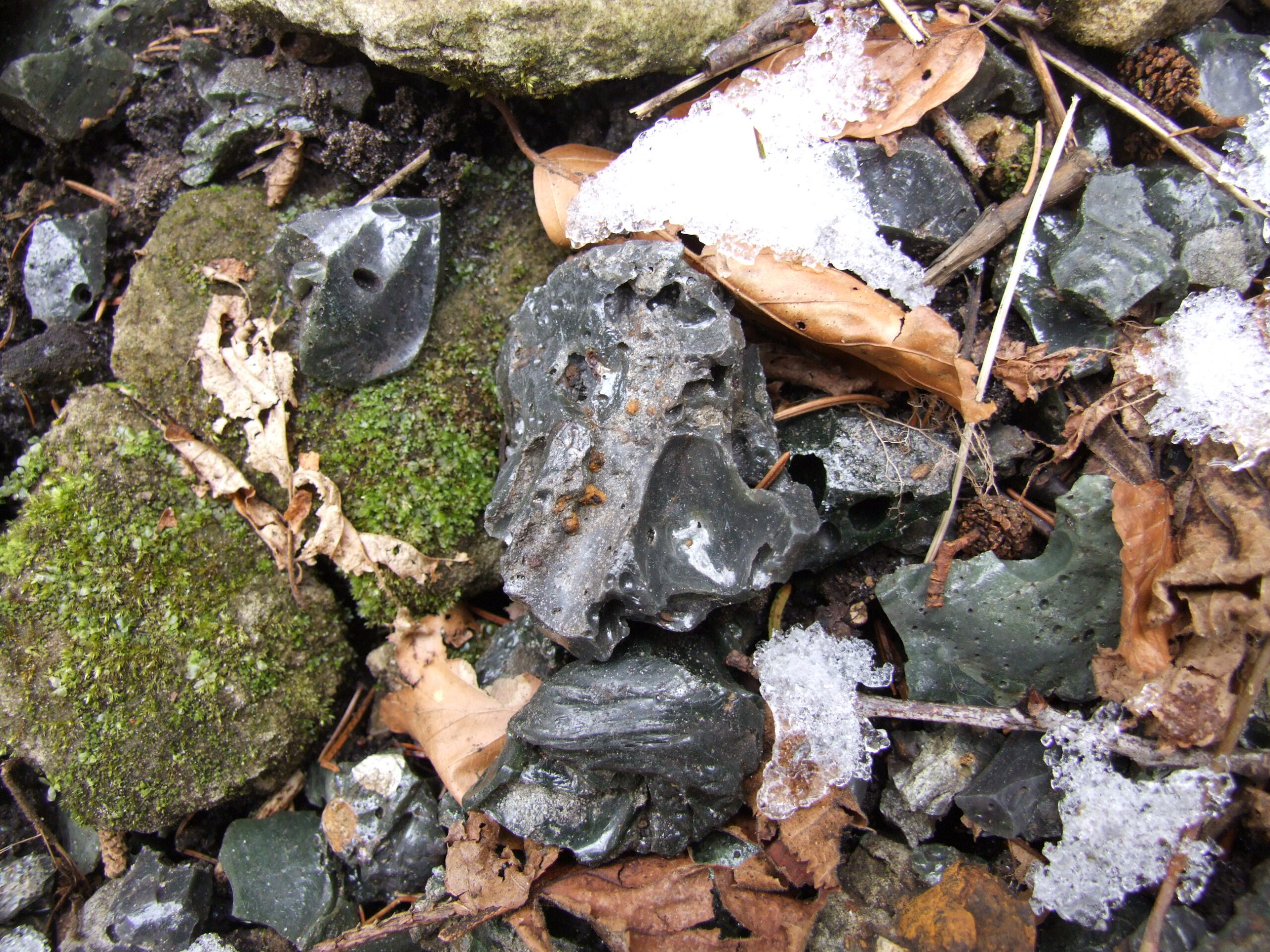Fischbach is one of Luxembourg’s early industrial centres: from 1768 to 1857, bog iron ore from the Mersch area was smelted in blast furnaces in the vicinity of the village. The blast furnace was located in the area of the ponds south of Fischbach. Water and charcoal as energy suppliers were easily available here: the water pours from springs in the Luxembourg Sandstone. It was dammed up in ponds and drove water wheels and bellows. The charcoal for smelting the ore was obtained from the wood in the surrounding forests.

Nothing remains of the former buildings of the ‘Al Schmelz’ (luxembourgish for: „old ironworks“) in the Langegronn valley south of Fischbach. Today, only the ponds are still visible. The C.R. 125 road cuts through the site of the blast furnace complex, which was in operation between 1768 and 1812.
As there was often not enough water in the Langegronn ruisseau in the summer months, operations here ceased in 1812. It was continued in the valley of the Weiße Ernz (‘Nei Schmelz’, luxembourgish for: „new ironworks“).
The basis for iron production was primarily bog iron ore, which was extracted from river deposits in the vicinity of Mersch.
The bog iron ore was formed around 20 million years ago (Lower Miocene) and is therefore geologically a relatively young formation. At this time, the rivers had not yet cut into the subsoil. The landscape was a plain with shallow elevations that only rose slightly above sea level. The climate was warm and humid. Under these conditions, iron-bearing minerals were dissolved from the subsoil, particularly in the south of Luxembourg. The dissolved iron was transported by the groundwater. It solidified in contact with oxygen, e.g. at the edge of ponds, to form bog iron ore, which often contains 30-50% iron.
When the rivers later cut into the subsoil, a large quantity of the ore was washed into the developing valleys and deposited there again, e.g. in the Mersch area at the confluence of the Eisch, Mamer and Alzette rivers.


In addition to Fischbach, the villages of Haller and Grundhof were also historic iron industry sites in the Natur- & UNESCO Global Geopark Mëllerdall.
Traces of the past iron industry can be discovered near Fischbach on the hiking trails F1 and F2.

